|
Bunions
What is a bunion? Hallux Valgus, commonly known as bunion, is that bump on the side of the foot near the big toe. The bump is actually an enlargement that represents a misalignment of the big toe joint and in some cases, additional bone formation. It occurs when weight is unevenly distribute on tendons and joints making the bone or tissue of the big toe move out of place. There is also a condition called tailor’s bunion or bunionette. This type of bump differs from a bunion in terms of the location. A tailor’s bunion is found near the base of the little toe on the outside of the foot. |
|
Bunions are 9 times more common in women! According to the American
Orthopaedic Foot and Ankle Society 88% of women wear shoes that don’t
fit properly and 55% have bunions. Symptoms Bunions are a common but painful deformity; however it symptoms might not show up in their early stage of formation. Bunions’ symptoms are more noticeable when the deformity gets worst, with some types of shoes and during certain activity, like walking. Some of the symptoms include:
Causes There are many causes, theories or factors on how this happens. The most common are:
Complications If bunions aren't treated, they can lead to further problems, even to impair the foot functioning. Bursitis: A bursa is a small fluid-filled cushioning sac located near tendons, ligaments, skin, and muscles. This painful condition occurs when the small fluid-filled pads that cushion bones, tendons and muscles near your joints become inflamed. Hammertoe: This is a deformity that can occur in any toe. Under the pressure of the big toe, they may develop corns or become bent, forming hammertoes. Metatarsalgia: This condition causes pain and inflammation in the ball of your foot. | How to treat bunions? As bunions develop overtime, most people might have signs of it before getting serious symptoms. A Podiatrist can properly evaluate your toes and tell you whether you have a bunion or if you're at risk of developing one, as well as the best option(s) to prevent them or treat them. Remember, you do not need a doctor’s referral to see a Podiatrist. Choose the right Shoes
Orthotics A Podiatrist will examine your feet, identify the problem, and tell you whether you need orthotics. Custom-made orthotics will improve the alignment of the foot and will provide pressure distribution preventing the foot to develop other foot conditions. A Podiatrist might suggest you to use a splint. Exercises Alternate your exercise regime. Running is a high-impact sport for your feet, while biking, yoga, or swimming are low-impact. Don’t forget to wear the right shoes or, if need it, the right orthotic. Maintaining a healthy weight decreases the amount of pressure on the feet. Overweight people are more likely to develop different foot conditions. Cold A good way to release the pain is by applying cold. Ice helps fight inflammation by constricting the blood vessels and relieving swelling. Cold therapy should be used in conjunction with changing your shoes to wider, more supportive types. Surgery Your Podiatrist, after some tests and assessments, will determine when and what is the best surgical option for you. The most common reasons to get surgery are:
There are different surgical procedures for bunions. The main idea of the surgery is to return the big toe, ligaments, nerves and tendons to their correct positions and to remove the bump. Your Podiatrist will bandage your foot after the surgery. Generally, you can go home after a couple of hours in recovery.
Picture by Blausen.com staff (2014). "Medical gallery of Blausen Medical 2014". WikiJournal of Medicine 1 (2). DOI:10.15347/wjm/2014.010. ISSN 2002-4436. |
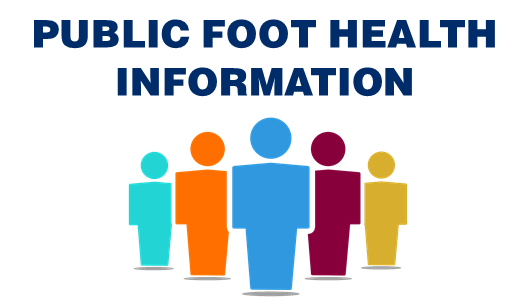

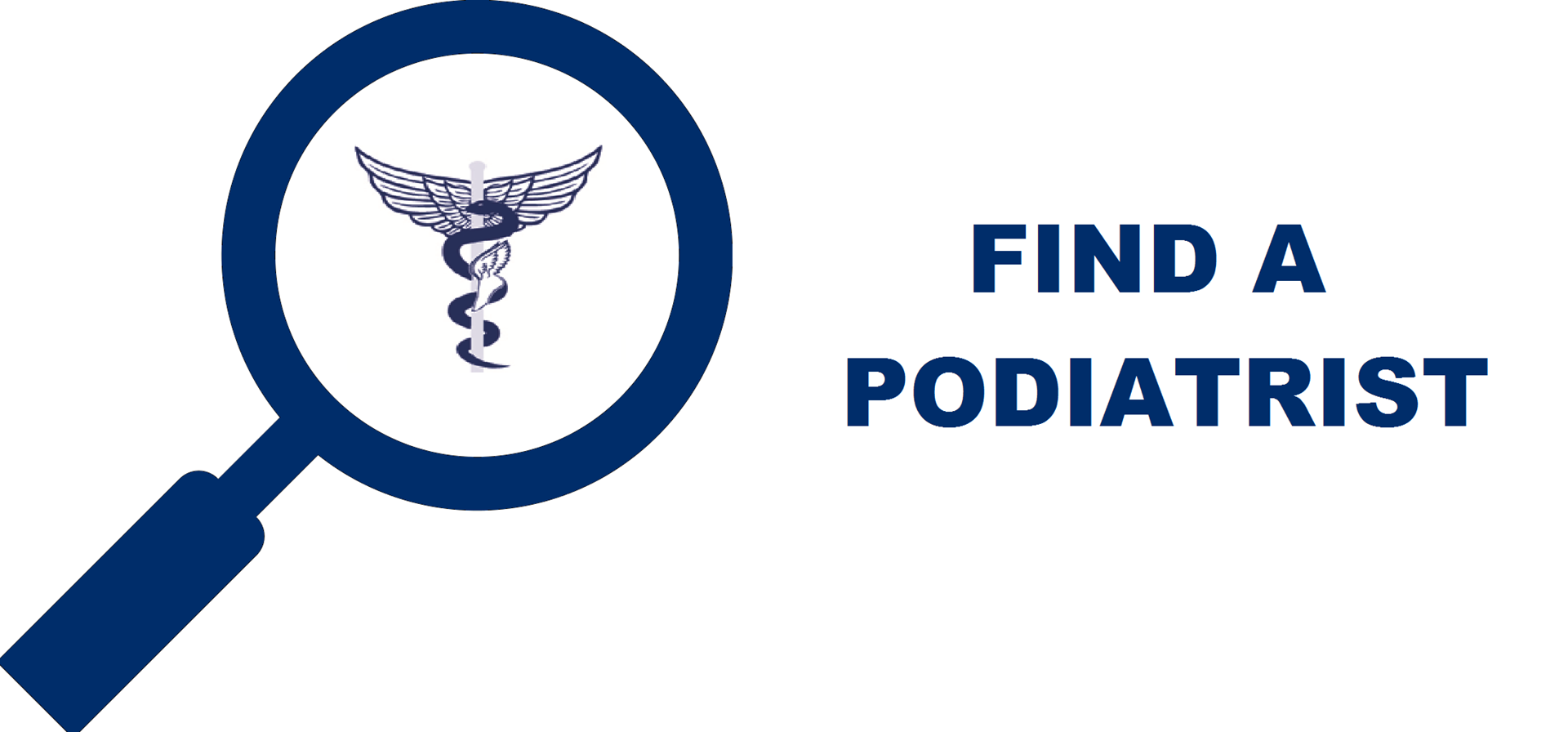
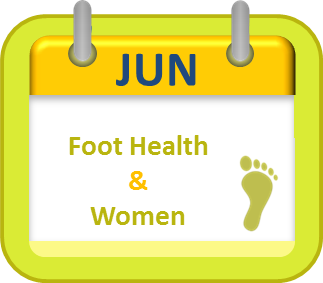
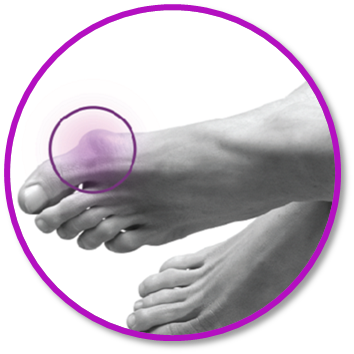
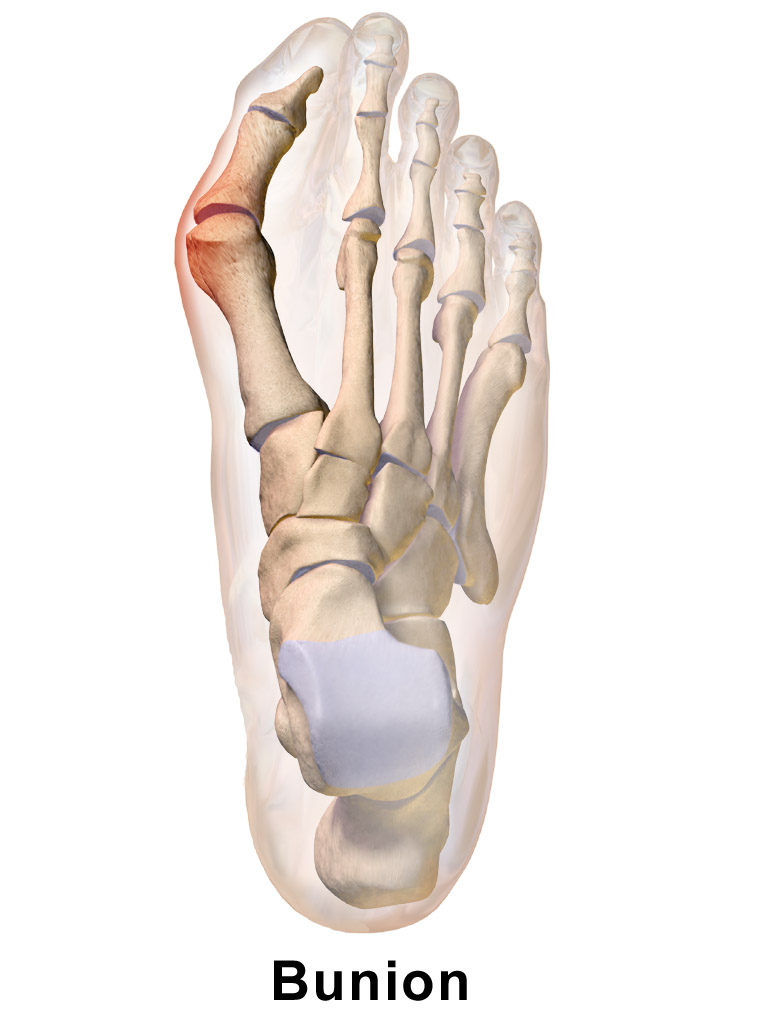 Especially in older women, foot disorders are a major cause of disability and sedentary habits. Older women are more likely to have bunions as they age, and the more severe their bunions are, the lower their quality of life. You should seek treatment if the pain and deformity interfere with daily routines and physical activity.
Especially in older women, foot disorders are a major cause of disability and sedentary habits. Older women are more likely to have bunions as they age, and the more severe their bunions are, the lower their quality of life. You should seek treatment if the pain and deformity interfere with daily routines and physical activity.